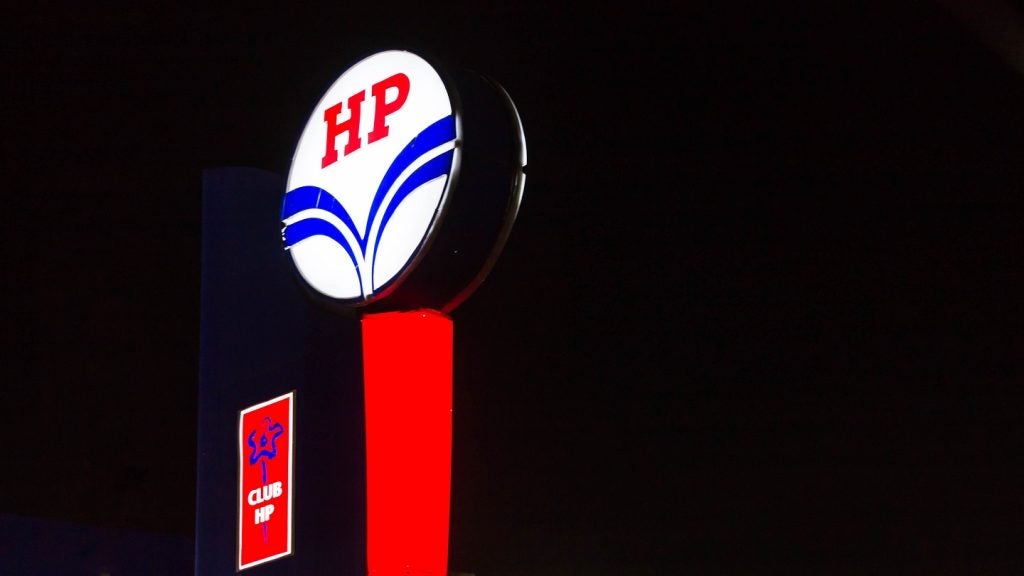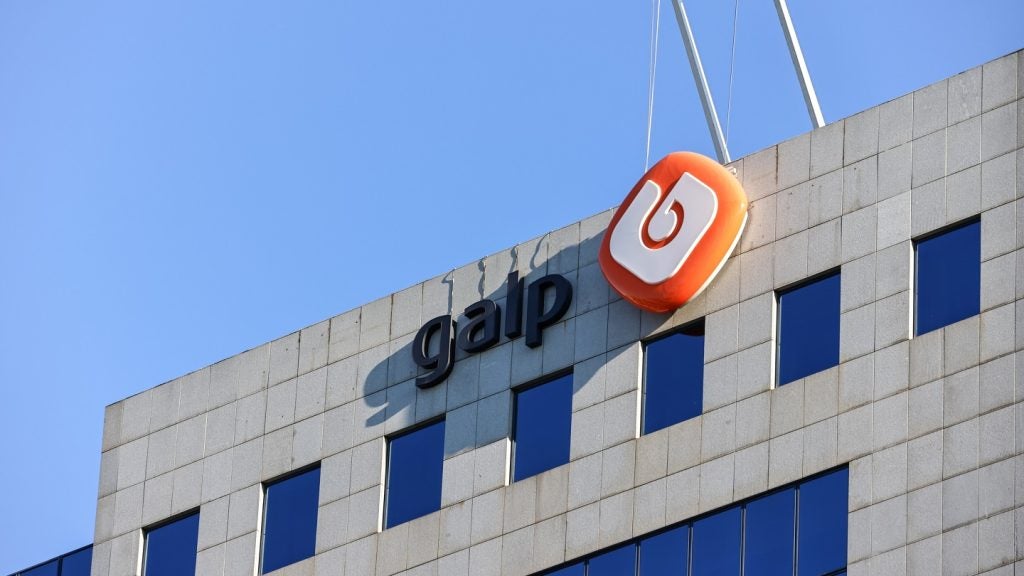
The oil and gas sector is seeing a period of significant change, stemming from the continued impacts of the pandemic, global efforts to curb emissions, and the rapid spread of digitalisation throughout industries. In such a climate, questions have been raised as to how industry members can bring in digital tools to streamline operations and cut down on emissions, as well as operational expenditure.
Rocsole hopes to be the answer to such questions, with the Finnish group offering companies deep learning prediction solutions and “tomographic imaging” to gain greater insight into operational problems – helping to avoid unplanned shutdowns and support automated, digitalised, and unmanned platform operations.
Scarlett Evans (SE): How have environmental concerns been impacting the oil and gas industry, and what are the challenges currently faced in reducing operational emissions?
Mika Tienhaara (MT): The largest share of carbon emissions by far comes from the burning of fossil fuels. Until we are able to substitute the use of oil and gas production, we need to minimise the simple burning of these. We should only be using them for more advanced products, where we still have a way to go in terms of development and commercialisation of alternatives.
Burning of fossil fuels aside, fugitive emissions and venting due to malfunctioning equipment, leakages, and no or limited knowledge (lack of data) forms the largest emission source from upstream activities. Depending on the exact type of source, emissions from these are in the range of 40%-50%, and due to lack of data and digitised workflows, there is a bigger risk of running into failure. As such, it is in this area that digital solutions are needed to see significant emissions reductions.
Examples of malfunctioning process equipment include multiphase separators, which have a risk of running to failure due to the lack of insights. Multiphase separators can, in many mature operations, have to deal with sand production, which can lead to erosion, corrosion, and leakages. Having proper data is the starting point in avoiding these failures.
How well do you really know your competitors?
Access the most comprehensive Company Profiles on the market, powered by GlobalData. Save hours of research. Gain competitive edge.

Thank you!
Your download email will arrive shortly
Not ready to buy yet? Download a free sample
We are confident about the unique quality of our Company Profiles. However, we want you to make the most beneficial decision for your business, so we offer a free sample that you can download by submitting the below form
By GlobalDataSee Also:
Another example where the data and reporting is critical is for pipelines – that’s why we’re commercialising an AI tool to provide the industry with better possibilities to detect the anomalies and issues which otherwise could lead to operational issues.
SE: Has the pandemic altered the way that companies address unplanned shutdowns/pauses in operations?
MT: The pandemic has had a variety of impacts on operations – from personal experience, I would say that the decision-making on operational maintenance activities has been dragged out in time. Decision-making is complex; remember that for maintenance you need to have the time and resource capacity on site in order to perform the maintenance. This, I believe, has led to management having to prioritise what is considered critical maintenance and postpone other activities until later.
At the same time, unplanned shutdowns are critical. If some of the root causes for unplanned maintenance stem from plants and equipment running to failure, as well as manual processes being key, it means that unplanned shutdowns lead to more firefighting in these times.
SE: How are digital solutions helping companies to meet these challenges?
MT: Seeing how manual reports and current work processes lead to a lack of data sharing and a lack of information, it is important for companies to digitise these processes and ensure there is good data sharing. This way, the operational management can be improved.
Predictive maintenance and automated condition-monitoring can also reduce planned interventions and extend runs, improving stability and reducing emissions. Advanced analytics enables the next level of energy efficiency, isolating operating parameters that minimise power per unit throughput.
Reviewing data from operation databases (e.g. North Sea operations) you can find astonishing information, such as the main cause for critical process equipment failures being due to faulty instrumentation – representing more than 50%. While this is a significant figure, it is not so strange if you consider the operating environments. Dealing with so much waste products, unwanted fluids (water, emulsions), and contaminations, can cause the incumbent instrumentation solutions to malfunction.
Deep insights such as these are only possible if you get data from individual operations – big data analytics can’t always offer the same insight into how to operate.
SE: What is tomographic imaging and how can it help streamline operations?
MT: Roscole’s Electrical Tomography is a technology generating the distribution of electrical properties in the target area of interest and providing a visualisation by images. This allows Rocsole to provide solutions that see inside critical equipment such as pipelines and separator tanks to cut down downtime and optimise a company’s production.
SE: Your company recently raised $5M to commercialise your digital AI Tools – what is the next step in this process?
MT: The purpose of the fund raising was to support our plans for scalability and growth. We are now working on the implementation and execution plan with set milestones for this year.
These moving tools are being used for detecting deposits in pipelines. They have been developed and trained extensively in multi-layer neural networks with deep learning, allowing for very quick computing and reducing time for data analytics and reporting; what today can take several weeks with incumbent technologies, we aim to cut down to just a few minutes. This will allow customers to reduce their maintenance costs and reduce operational risks.
SE: What role do you see digital solutions having in the oil and gas industry’s future?
MT: When it comes to digital solutions we expect to see proper, critical data integrated into the automation process and business solutions. We need to de-risk technology deployment by sharing examples of successes with peers, and by demonstrating how scale-technology provides value at a portfolio level.
With the critical operational issues at hand, there is a massive need for innovation and collaboration to improve efficiencies, with research and reports showing that 10% in efficiency gains leads to a 4% reduction in total emissions.
The mind set needs to change, oil and gas operators need to be bold, they should think of how they can become low-carbon leaders. This, I believe, will also lead them to a new age of business opportunities.







